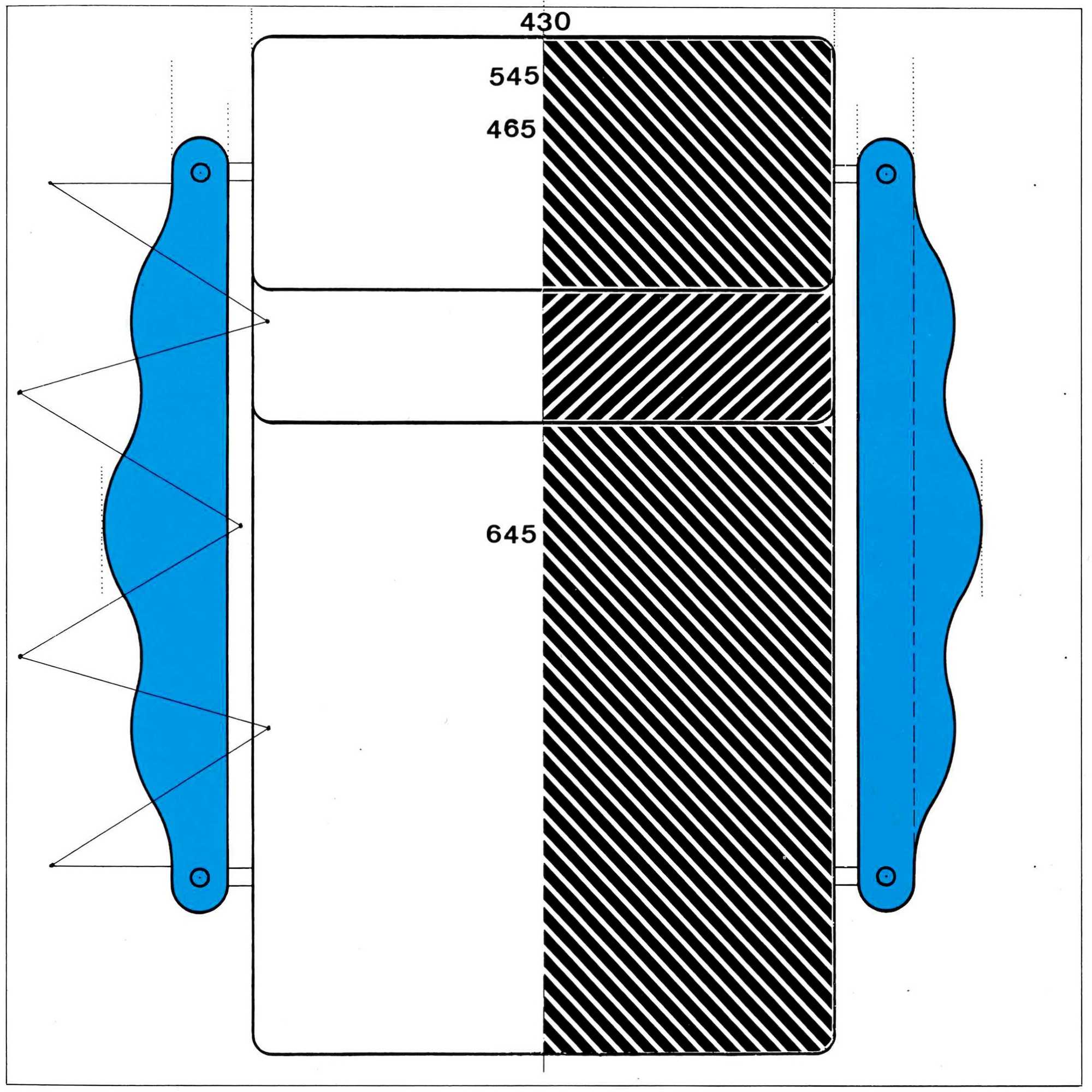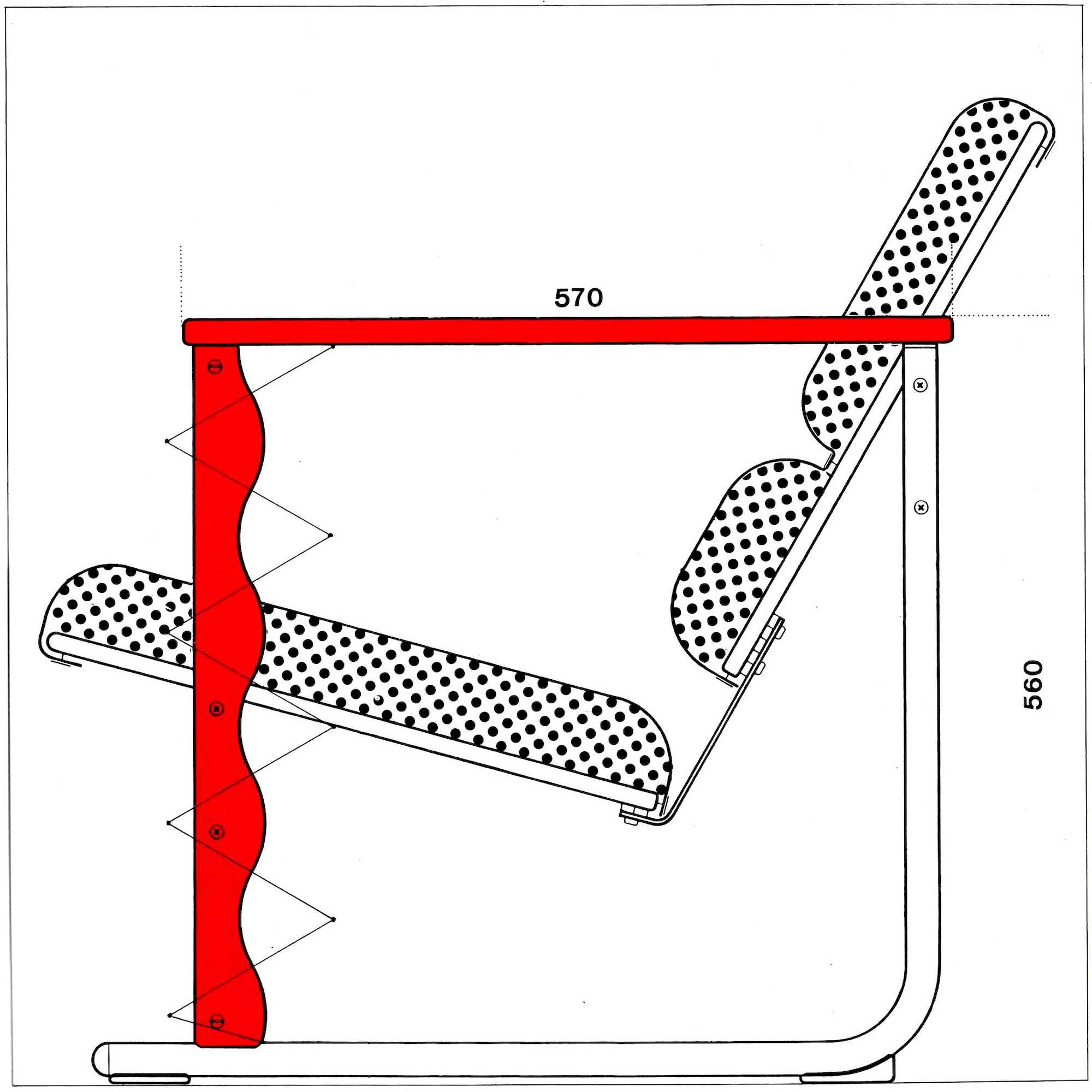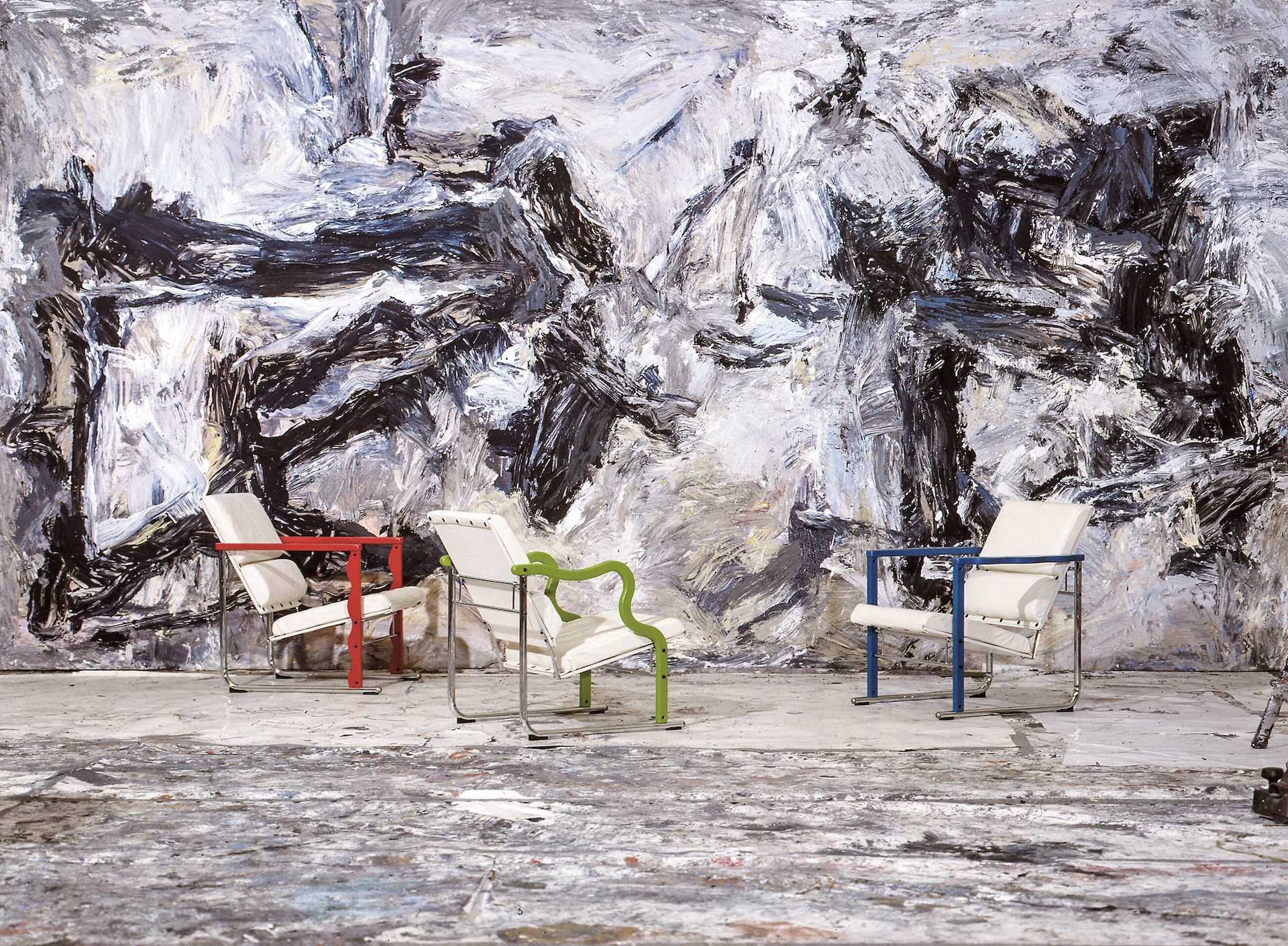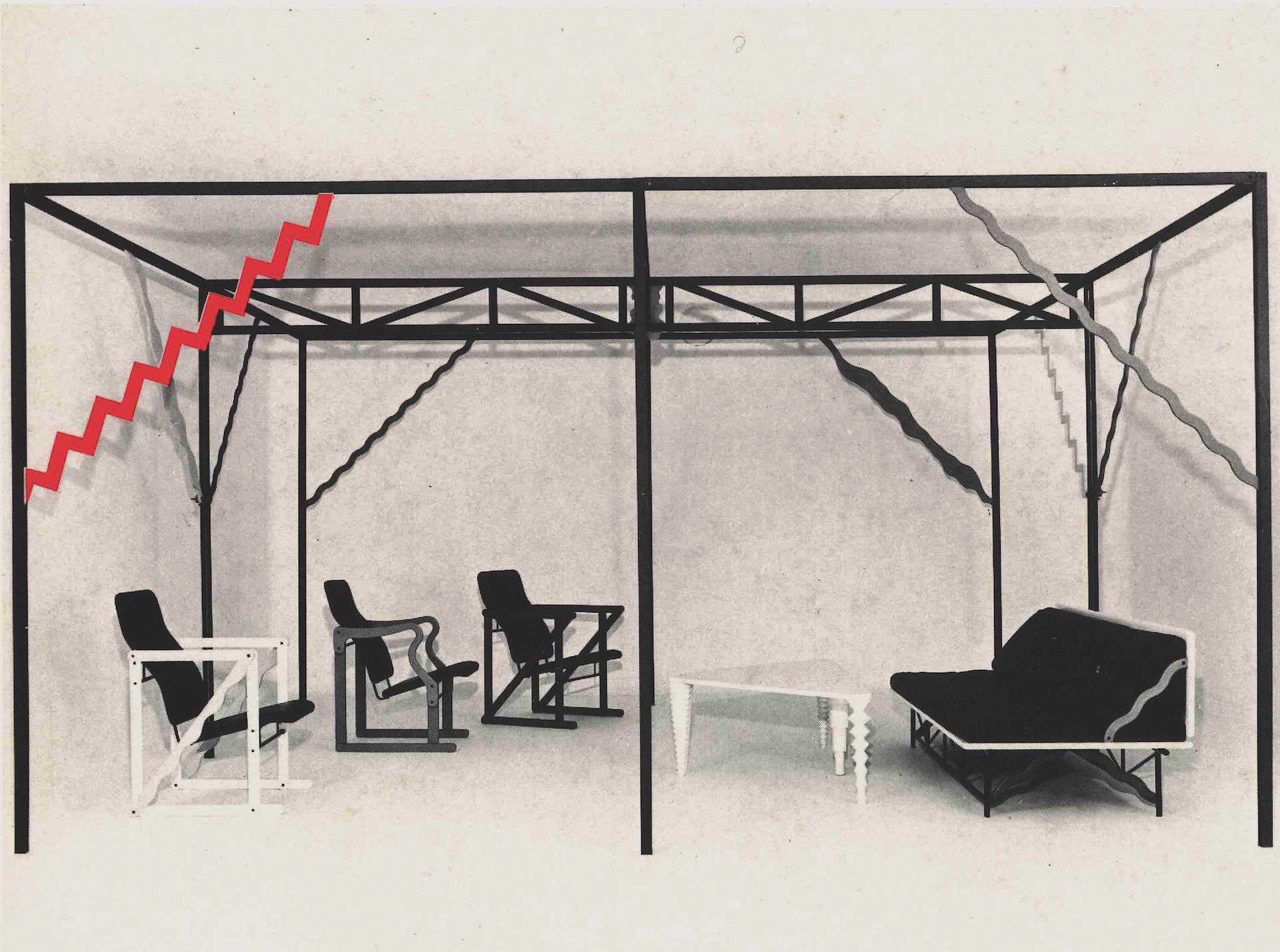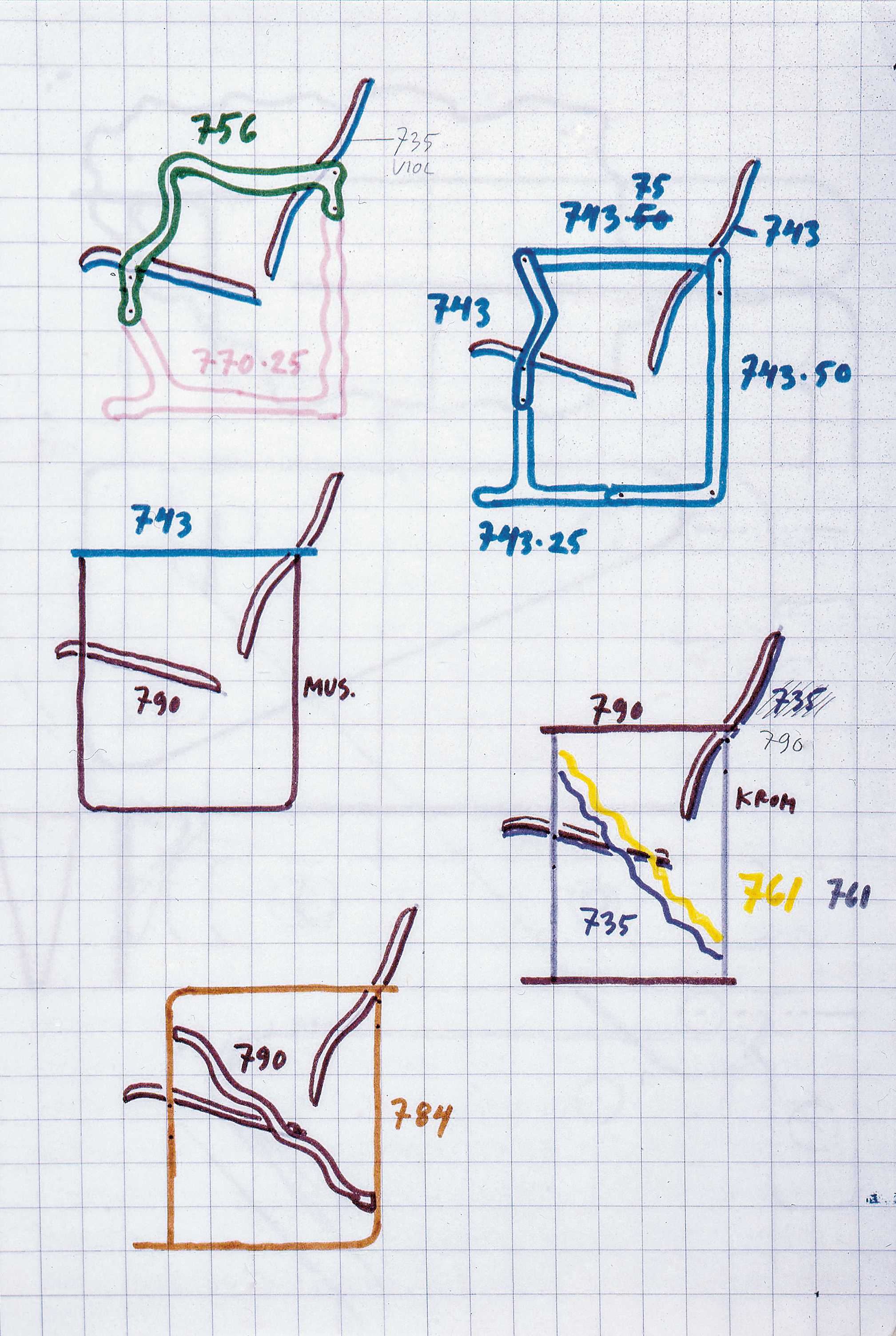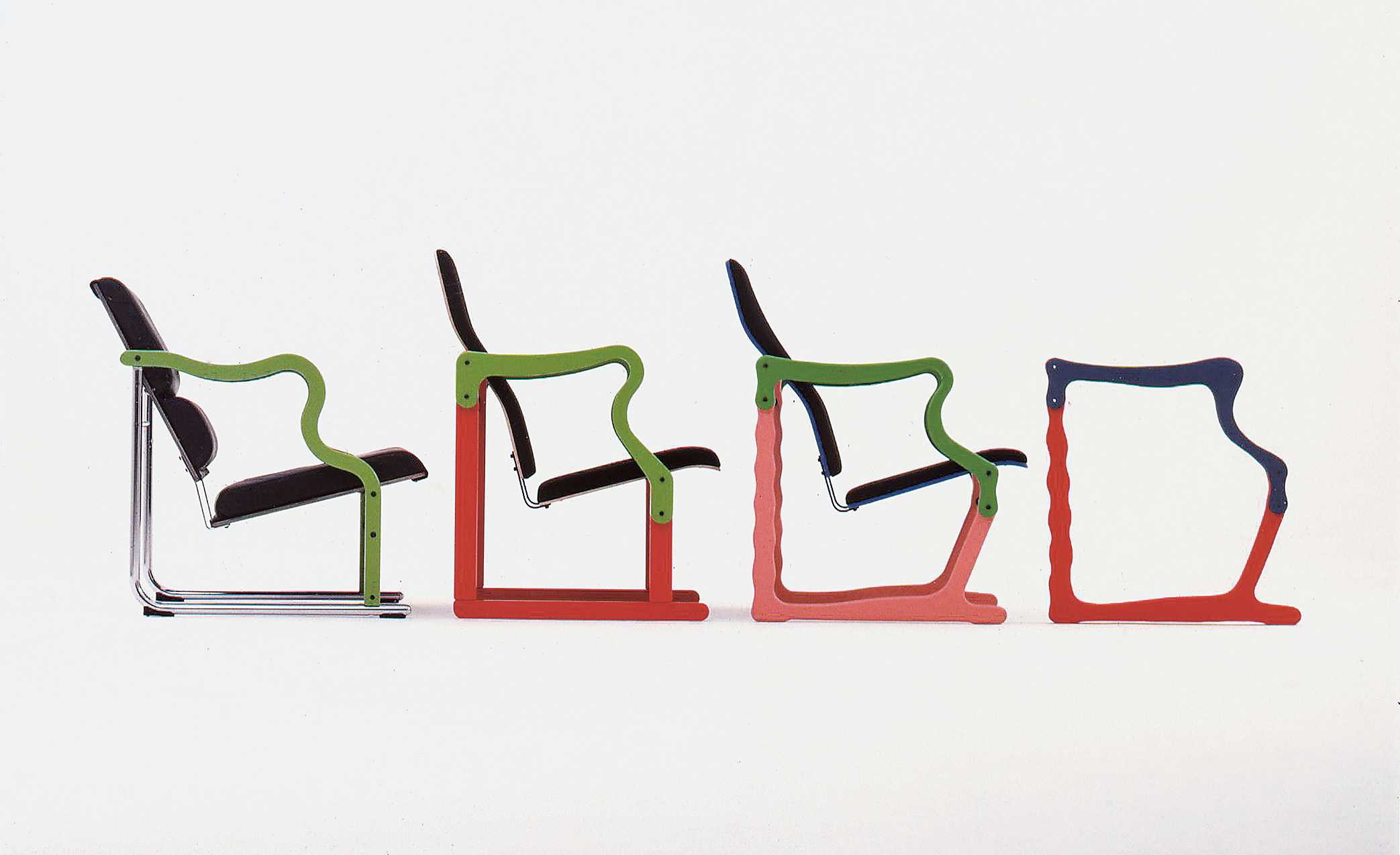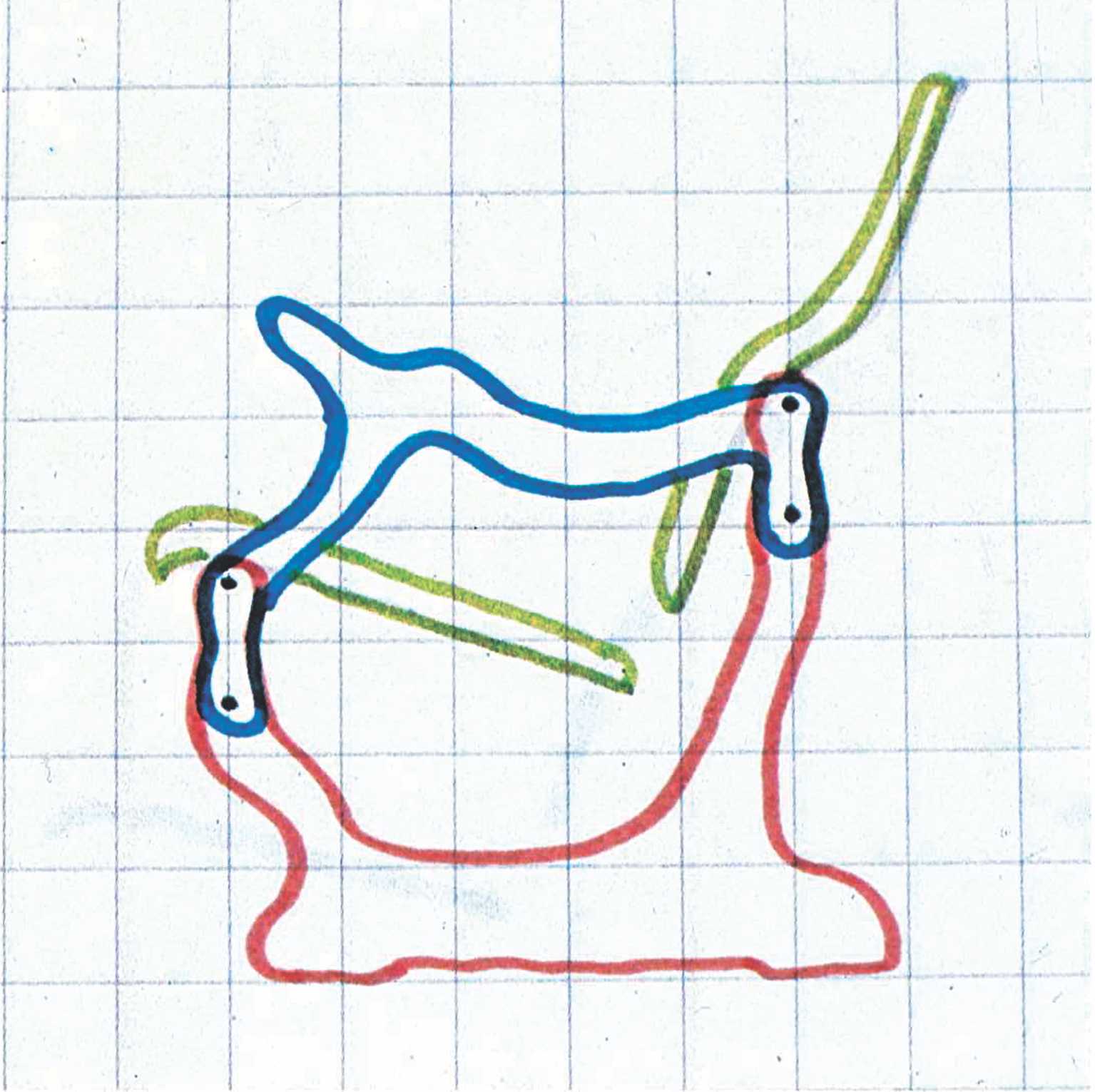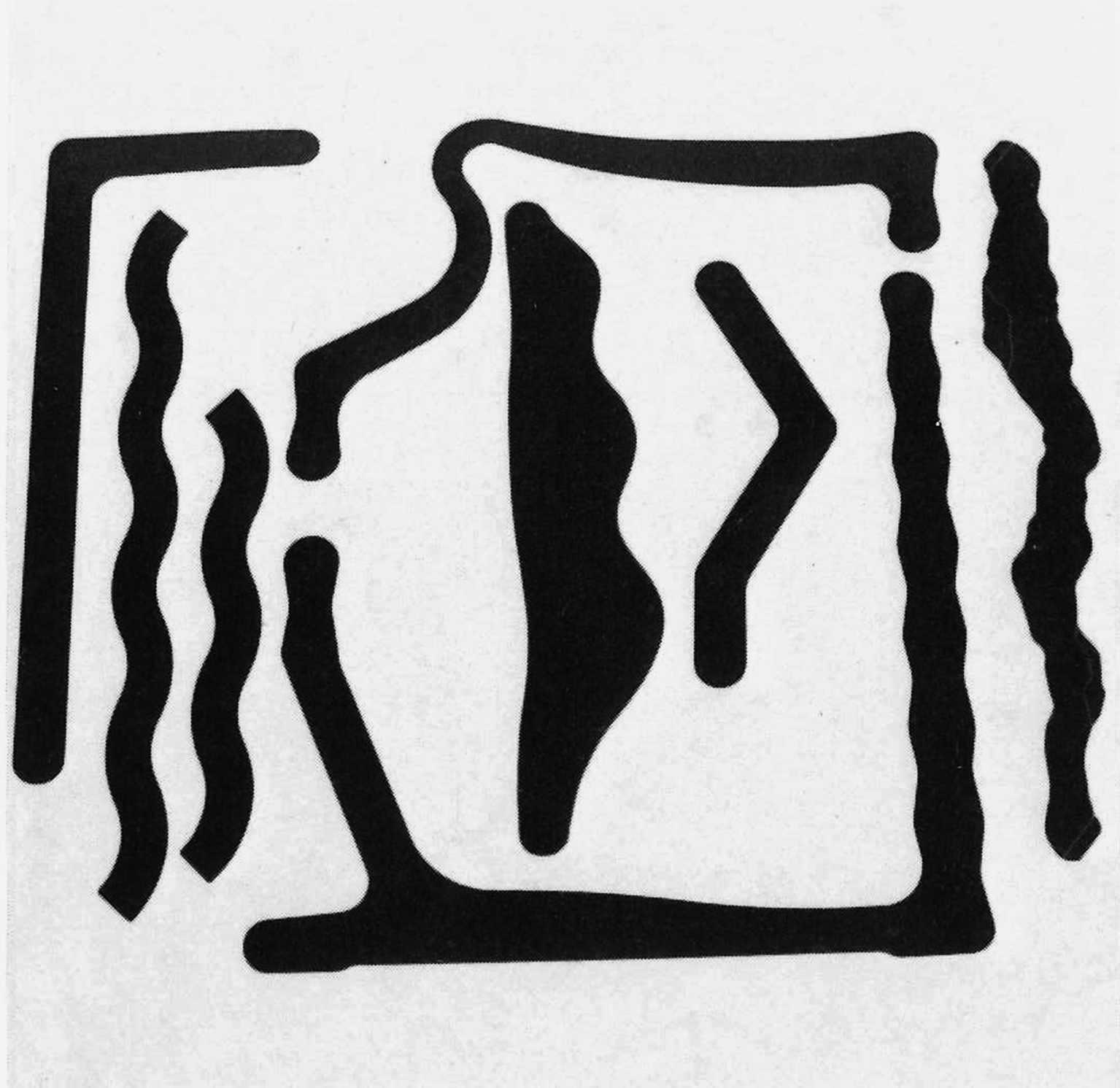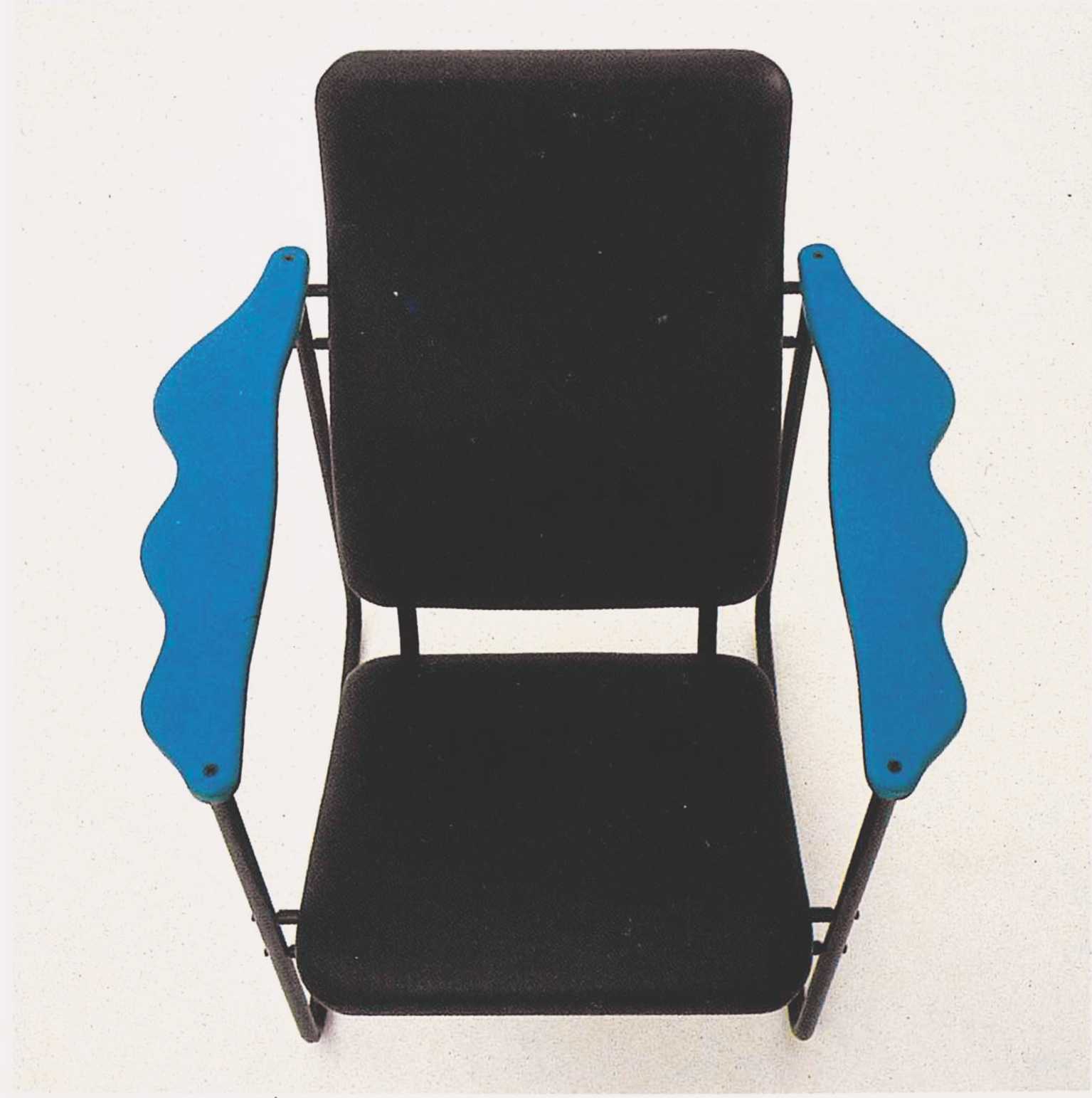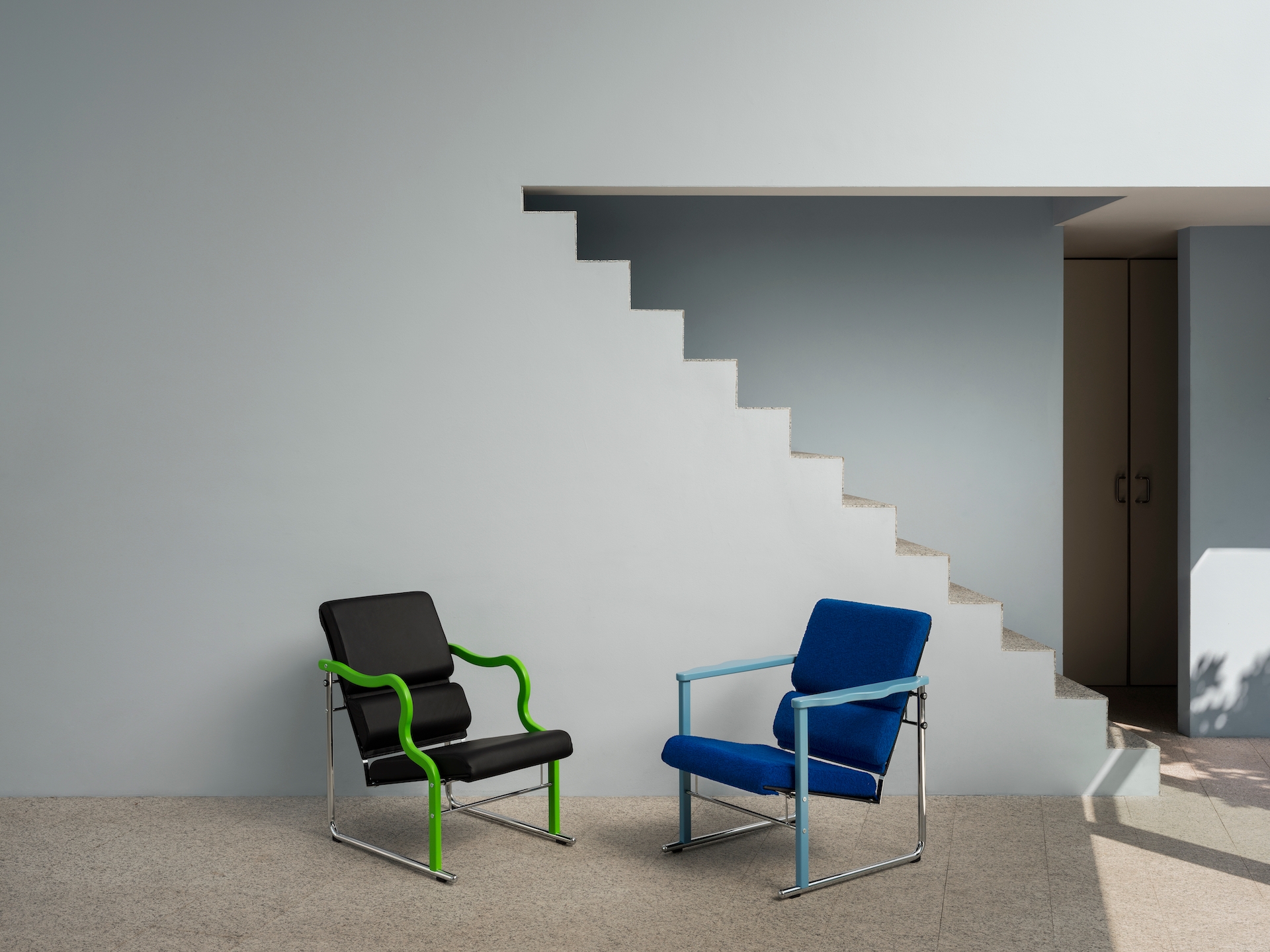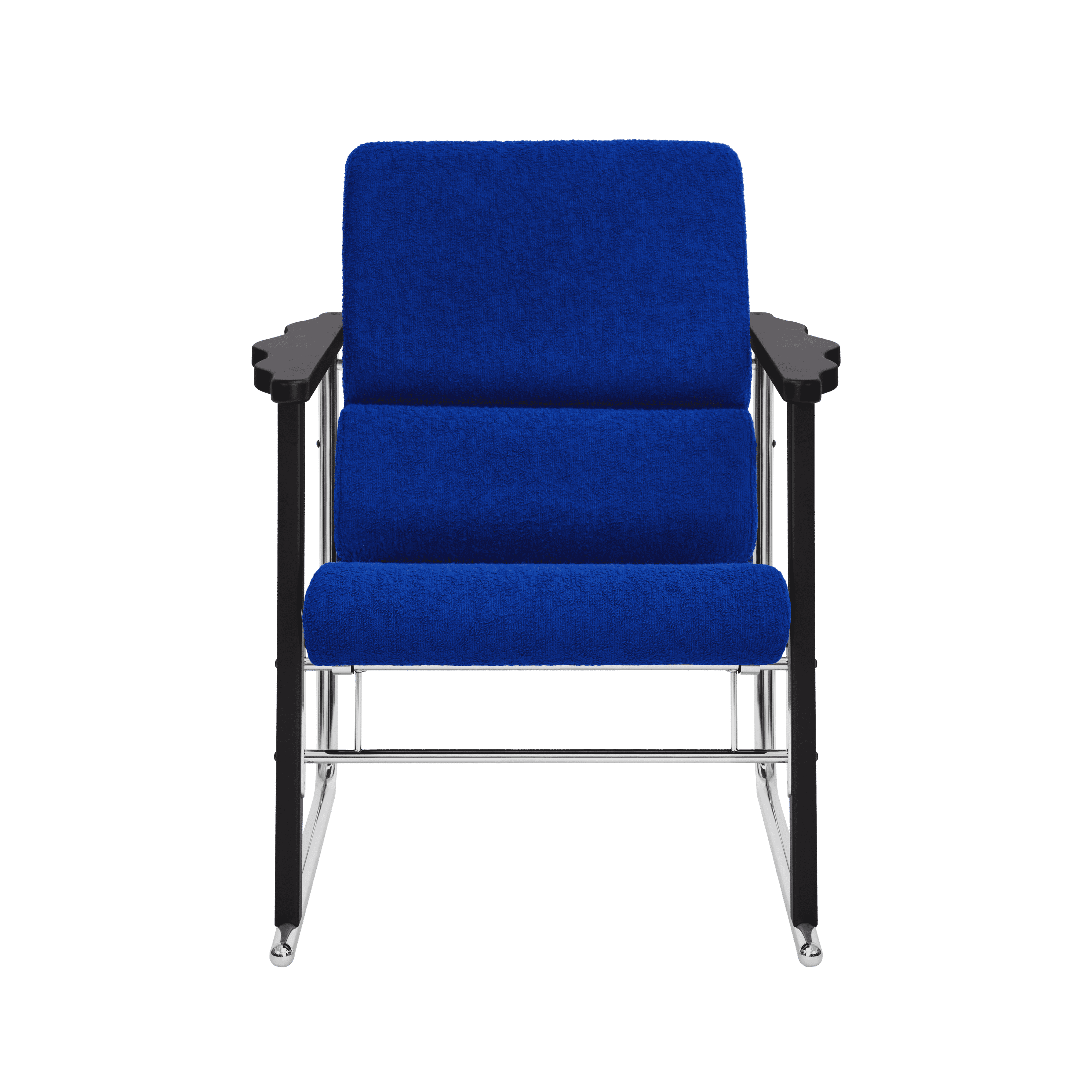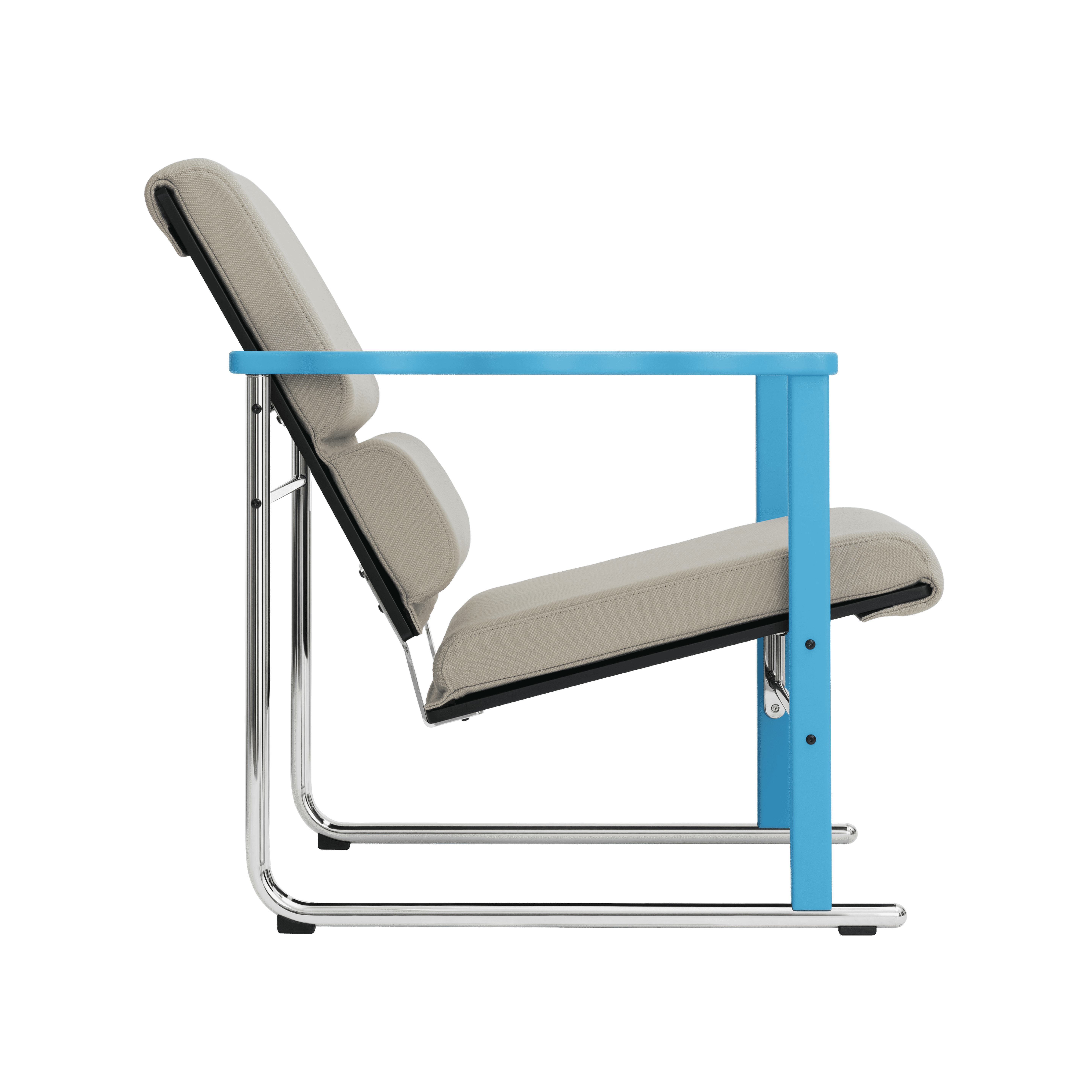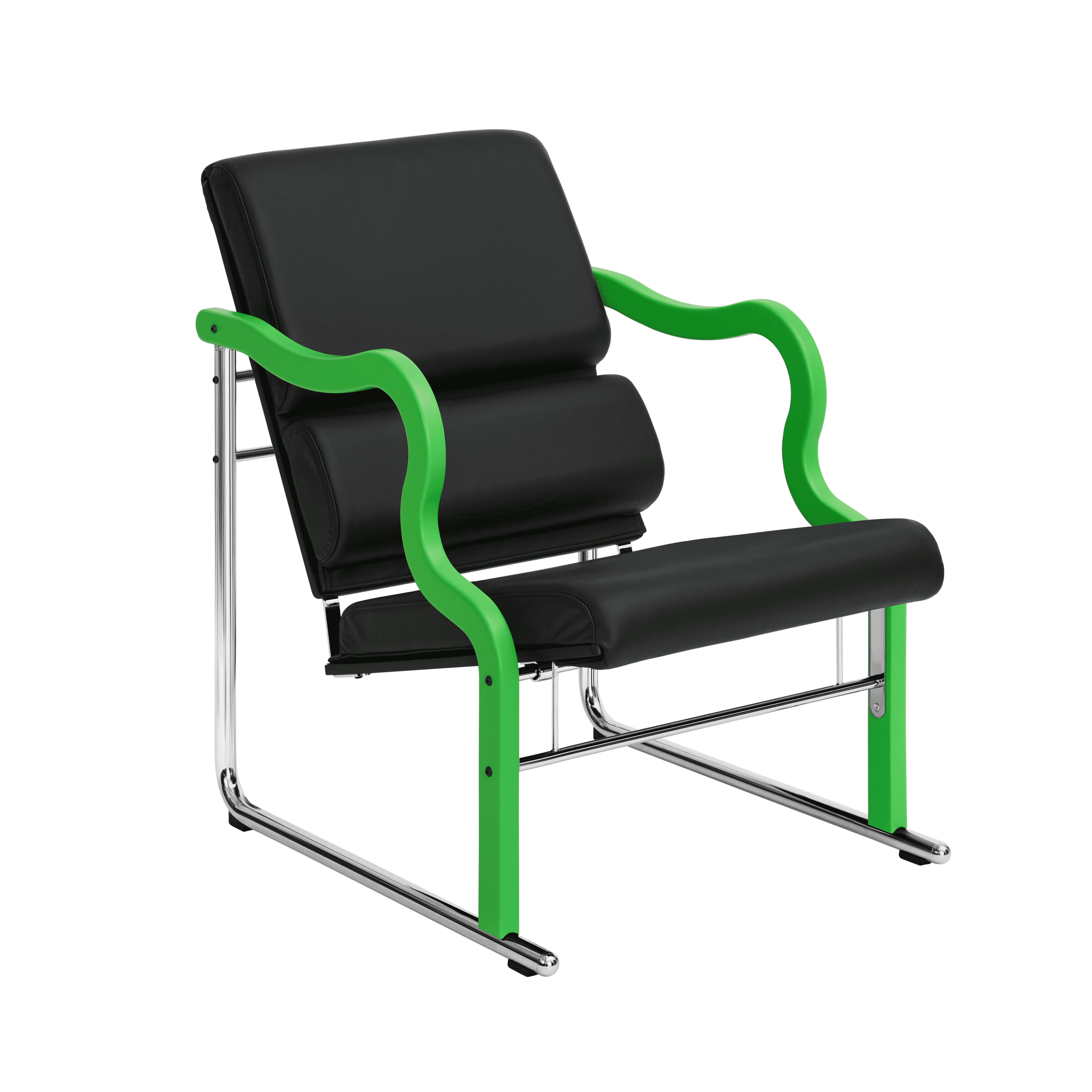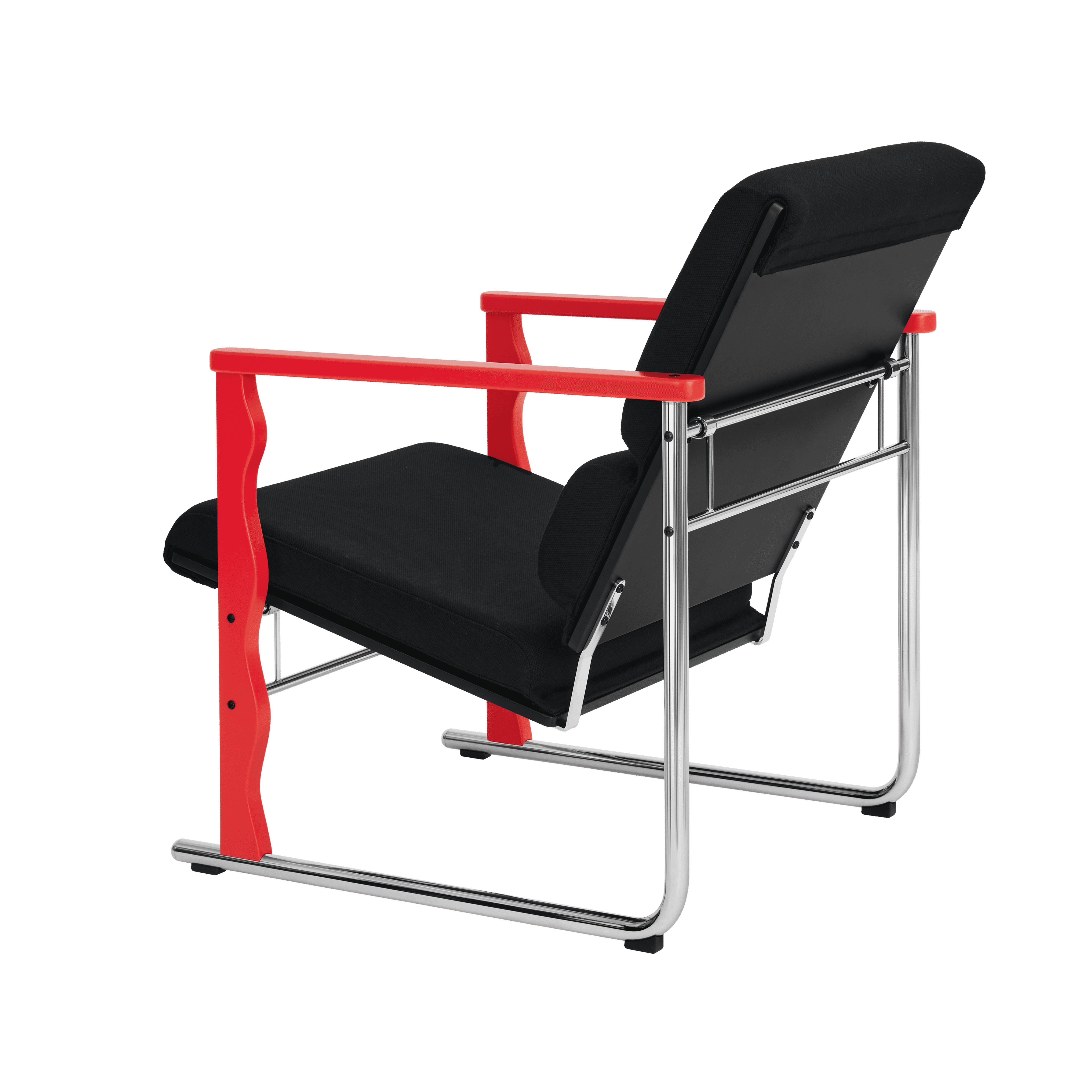Reintroducing Experiment Chair
A 1980s icon, design by Yrjö Kukkapuro
Finnish designer Yrjö Kukkapuro has produced scores of important and influential furniture designs over a lengthy career that began in the 1950s. Kukkapuro’s work is defined by a commitment to functionalism. But alongside the dedication to efficiency, ergonomics, structure, Kukkapuro brings expression and art to his furniture designs, boldly embracing the different visual languages that materiality or construction processes offer and producing designs that are as poetic as they are profound. One of the most significant landmarks in Kukkapuro’s career is the Experiment chair.
This design, truly avant garde when first launched in 1984, marked a distinct shift in Kukkapuro’s direction, and that of the wider world, toward an optimistic postmodern future. It is Hem’s great pleasure to reintroduce the iconic Experiment chair forty years on. And in doing so, acquaint a new generation with its master maker, Yrjö Kukkapuro.
EXPERIMENT CHAIR
1984/2024
1950s
From the very beginning Yrjö’s method of working is distinct. He is a prolific prototyper, making models and exploring new techniques. The exploration of ergonomics and production of modular series was already established. Competitions are won and exhibitions of first works lead to commissions and Moderno, his first company. In 1957, at just 24 years old, Yrjö’s career had begun.
1960s
The Finnish stand at the Milan Triennale in 1960 is often cited as a defining moment for modern design in Finland. Yrjö was there, at the invitation of curator Antti Nurmesniemi. This, a scholarship to travel and a period working in Milan, opened Yrjö to the wider world. A new collaboration with producer Haimi led to the first of Kukkapuro’s famous and enduring designs; the Ateljee series. But, in the same year; 1964, Yrjö made the chair that would define a decade; The Karuselli chair is a sculpted, space-age masterpiece in fibre-glass that perfectly embodied the pioneering spirit of the sixties.
Other similarly bold designs followed in this Yrjö’s ‘plastic period’. Kukkapuro applied his pioneering spirit to the construction of a studio and home for the Kukkapuros in the Helsinki suburb of Kauniainen. The studio’s soaring experimental roof of poured concrete has become as much a motif of Kukkapuro’s ouevre as any of his furniture.
1970s
A cultural shift, the soaring prices of oil, a social awareness plus a desire to move on creatively brought Yrjö to a new palette of accessible materials. Namely, tubular steel and plywood. Innovations in plywood moulding led to a whole catalogue of new chairs (including the renown Fysio chair) characterised by ergonomics and production efficiency. These chairs were destined for public use and many Finns will have sat in Yrjö’s chairs in waiting rooms, lobbies, libraries, offices. Yrjö was purposefully designing for everyday use and a minimal aesthetic and subdued colour palette reflected a serious attitude to ‘design for need’.
In 1978 Kukkapuro took the role of rector of the University of Art and Design, a position that brought with it stress. And he became a stakeholder and chief creative director in a new production company called Avarte.
1980s
Yrjö enters the eighties free and full of enthusiasm for what lay ahead after quitting his job as rector. He again looked to the future of design. In the summer of 1982 Yrjö dedicated himself to exploring a new design language and suffered what he called a ‘postmodernist explosion’. From a profusion of ideas came a new experimental collection that combined the rigor of the past decade with a new visual expression. The ambition was to bring art and design closer together. The contemporary mood in Finland, and in his own life, was full of energy and optimism and the Experiment chair captured it.
Experiment chair’s decorative motifs were not applied but formed part of the chair. Three different hand rests created a set of chairs that suited any environment. Experiment was a critical success. To Yrjö’s great surprise, it was also a commercial smash. The success of Experiment ignited an extended postmodern period and the Sirkus series and infinitely modular A500 series followed.
1990s
Another shift begins as Yrjö considers production from an environmental point of view. Subsequently, Yrjö begins to work with waste woods from the local timber industry such as Alder and Rowan and, later, Birch. Whole new collections, such as Alnus, are created around these resources. Ecological thinking becomes a permanent part of Kukkapuro’s design philosophy. The nineties also brought a new kind of commercial platform and interest to Yrjö’s door; the art gallery. These encourage Yrjö to explore his creativity and playful one-off designs such as Titan, a chair made form hockey sticks, or Tattoo, a chair as a canvas for screen-printed art, emerge. In 1998 Yrjö travels to China for the first time. This is the beginning of a longstanding relationship. He would go on to teach in China at multiple universities, design and make there with local artisans, and Avarte would established a factory producing Yrjö’s work for the Chinese market. In 1995 Avarte cease manufacturing Experiment.
2000s
Trips to China are part of regular life as Yrjö continues to teach and work there. Here also begins an extended period of recognition, with Yrjö reluctantly receiving honorary doctorates and prestigious awards. Yrjö often railed against lifetime achievement awards as his work, he concluded, was not yet finished.
A major retrospective at the Helsinki Design Museum coincided with Yrjö’s 75th birthday. For the exhibition, lost prototypes were found or reproduced and works were located from storerooms and attics. The process brought to light the sheer extent of Yrjö’s work and its lasting impact. Yrjö’s studio began embracing technology and begins the lengthy process of digitising work, updating old designs, as well as pro- ducing new ones such as the 340Y lamp.
2010s
The recurring principles of modularity and adaptability remain at the forefront of Yrjö’s mind as he embarks on yet another new series of products. This time digital production, and the flexibility it can offer, has captured his attention. The CNC series is made from plywood jigsawed into modular and expressive shapes that can be pieced together to create different designs. Avarte, the manufacturing and design business launched to produce Yrjö’s designs, closes leaving a sense of personal loss. But a high comes in the reproduction of the iconic Karuselli chair by Artek, Finland’s foremost design house. The relaunch and celebration of the iconic chair is significant and marks a period of intense reinterest in Yrjö’s work.
2020s
Although now in his nineties, life remains busy beneath the famous flying roof of Yrjö’s remarkable studio for the designer and his family. There are exhibitions to plan, a biography to write, a foundation and museum to establish and visitors to entertain. Most recently, EMMA Museum of Modern Art in Espoo opened a Yrjö Kukkapuro ‘Magic Room’ filled with Yrjö’s most creative works, Experiment amongst them. The exhibition broke visitor records for the museum. Hem approached Yrjö and his daughter, Isa, in 2021 to ask permission to reproduce the iconic Experiment chair with a firm belief that a new audience would embrace this important design and fall for its bold expression. They very kindly agreed.

